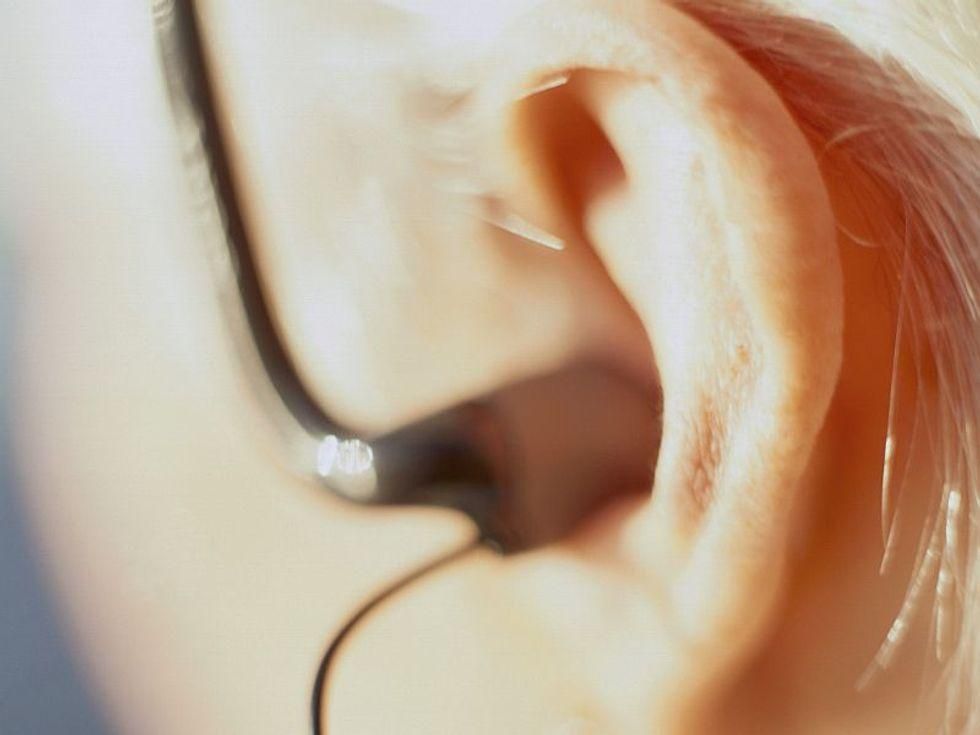WEDNESDAY, May 26, 2021 (HealthDay News) — It’s a connection most women may not be aware of, but a new study suggests osteoporosis may raise your risk of hearing loss, and the drugs often used to treat thinning bones won’t lower that risk.
According to researcher Dr. Sharon Curhan, data from her team’s new study suggests that “osteoporosis and low bone density may be important contributors to aging-related hearing loss.”
That means that healthier lifestyles “could provide important benefits for protecting bone and hearing health in the future,” said Curhan.
She’s with the Channing Division of Network Medicine at Brigham and Women’s Hospital in Boston, and is also affiliated with Harvard Medical School.
The researchers were inspired by a recent study that bisphosphonates, a class of drugs that prevent bone loss, might prevent noise-induced hearing damage in mice.
“We wanted to investigate whether bisphosphonates alter risk of hearing loss in adults, in addition to whether there is a longitudinal association between osteoporosis or LBD [low bone density] and risk of subsequent hearing loss,” Curhan explained in a Harvard news release.
Her team analyzed data from nearly 144,000 women who were followed for up to 34 years as part of the decades-long Nurses’ Health Studies. These two large ongoing prospective cohorts of female registered nurses were established in 1976 and 1989.
Participants self-reported hearing loss on questionnaires completed every two years. The researchers also incorporated data on participants’ hearing sensitivity.
They found that the risk of subsequent moderate or worse hearing loss was up to 40% higher in study participants who had osteoporosis or low bone density. Unfortunately, taking bisphosphonates did not reduce the risk.
Only an association between hearing loss and osteoporosis was seen, and not a cause-and-effect link. More research is required to understand whether the type, dose or timing of bisphosphonate use might influence its impact, the researchers noted.
Although a history of spinal fracture was associated with up to a 40% higher risk of hearing loss, that was not true for hip fractures. Those two fractures are the most common osteoporosis-related fractures.
“The differing findings between these skeletal sites may reflect differences in the composition and metabolism of the bones in the spine and in the hip,” Curhan said. “These findings could provide new insight into the changes in the bone that surrounds the middle and inner ear that may contribute to hearing loss.”
Exactly why osteoporosis and LBD may contribute to aging-related hearing is unclear. Abnormal bone remodeling and changes in the pathways involved in maintaining the bone may influence the bone that protects the nerves and structures involved in hearing. It may also alter ion and fluid metabolism in the cochlea, the main structure involved in hearing, the researchers suggested.
The findings were published May 24 in the Journal of the American Geriatric Society.
Investigators plan to examine in the future whether calcium and vitamin D intake are associated with hearing loss, as they have been shown to help prevent osteoporosis. Previously, the researchers found that eating a healthy diet, staying physically active, not smoking, and maintaining a healthy weight all help reduce the risk of hearing loss.
More information
The U.S. National Institute on Aging has more information on hearing loss in older adults.
SOURCE: Harvard University, news release, May 24, 2021
Copyright © 2025 HealthDay. All rights reserved.

